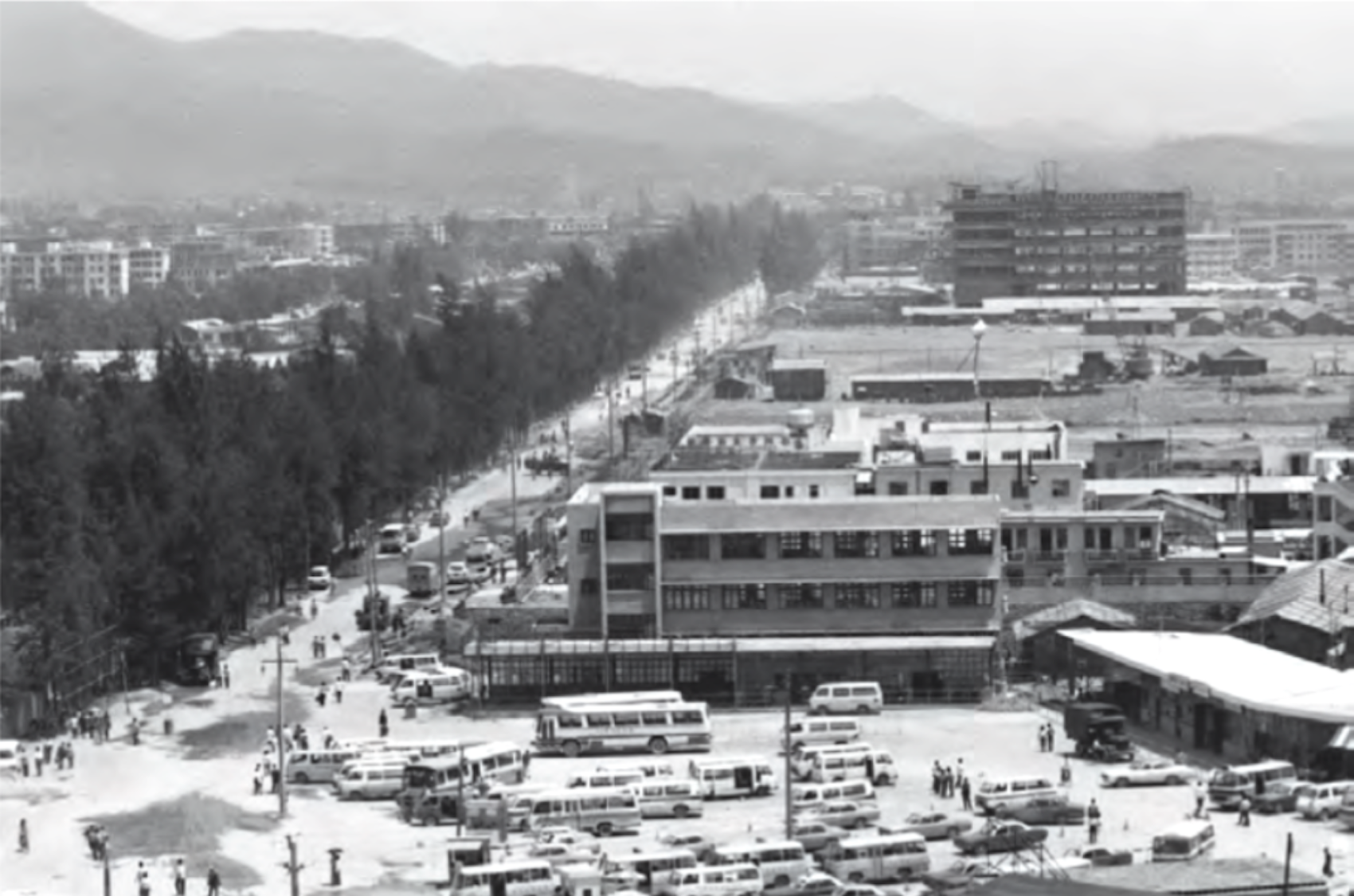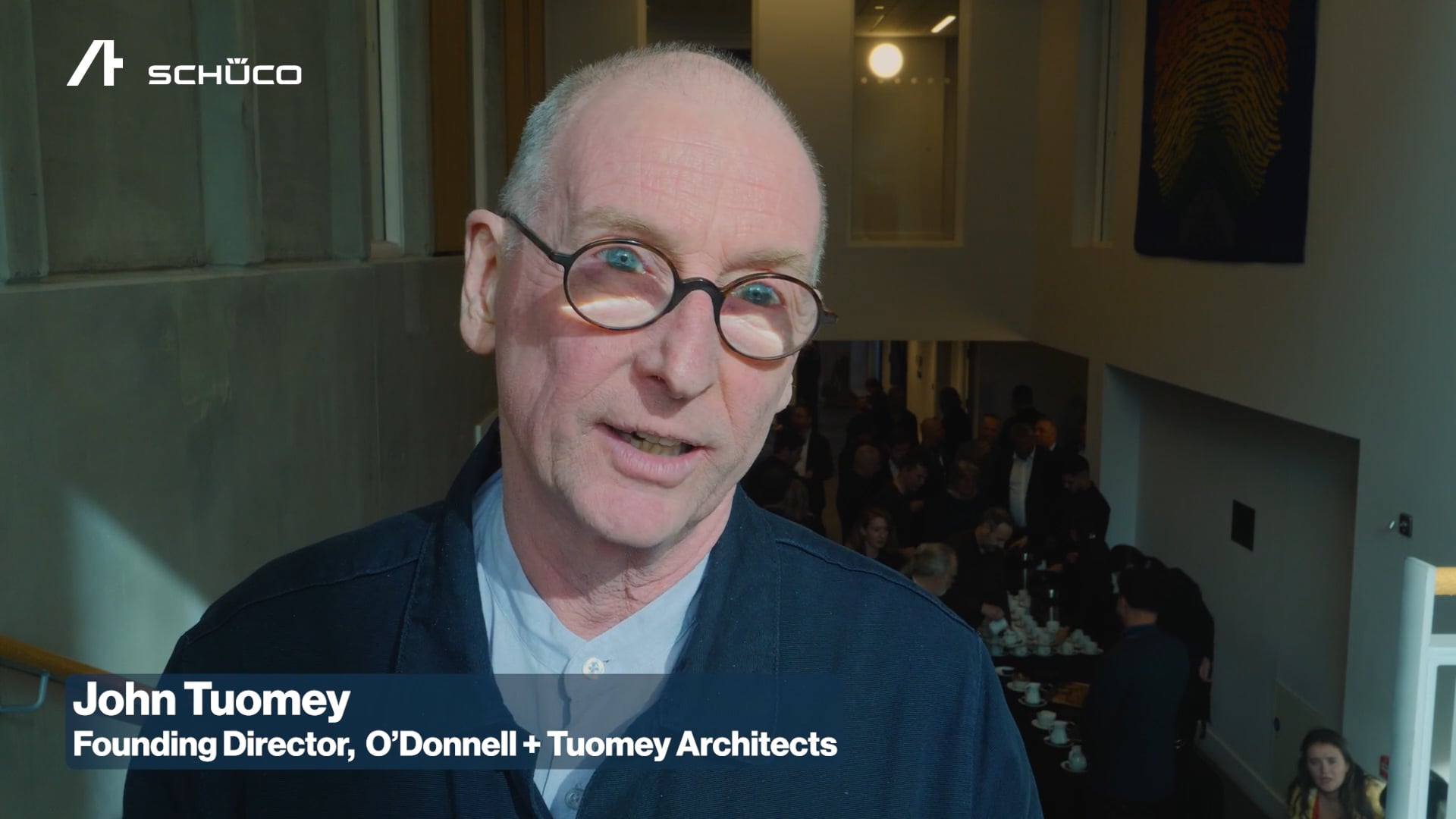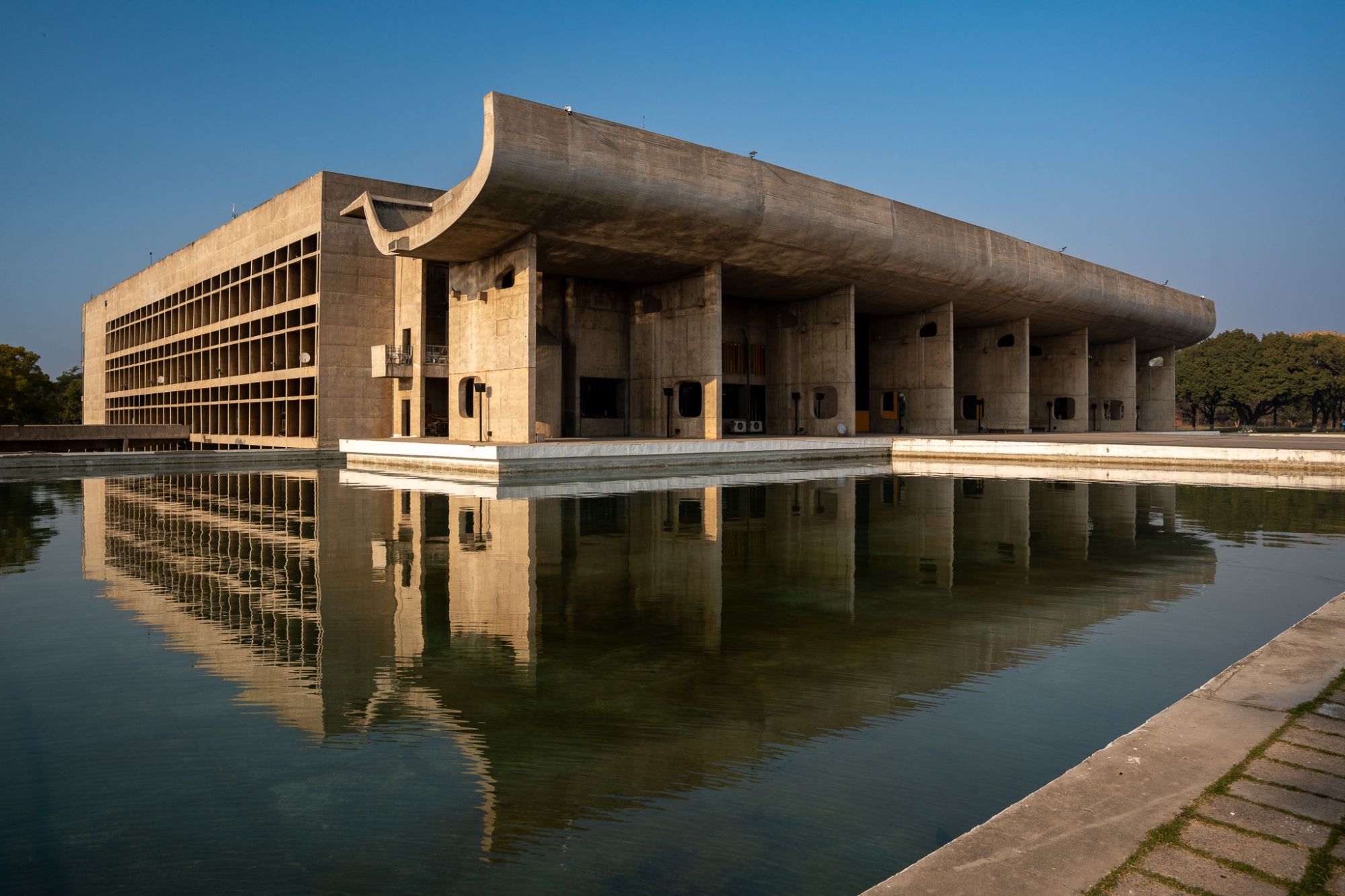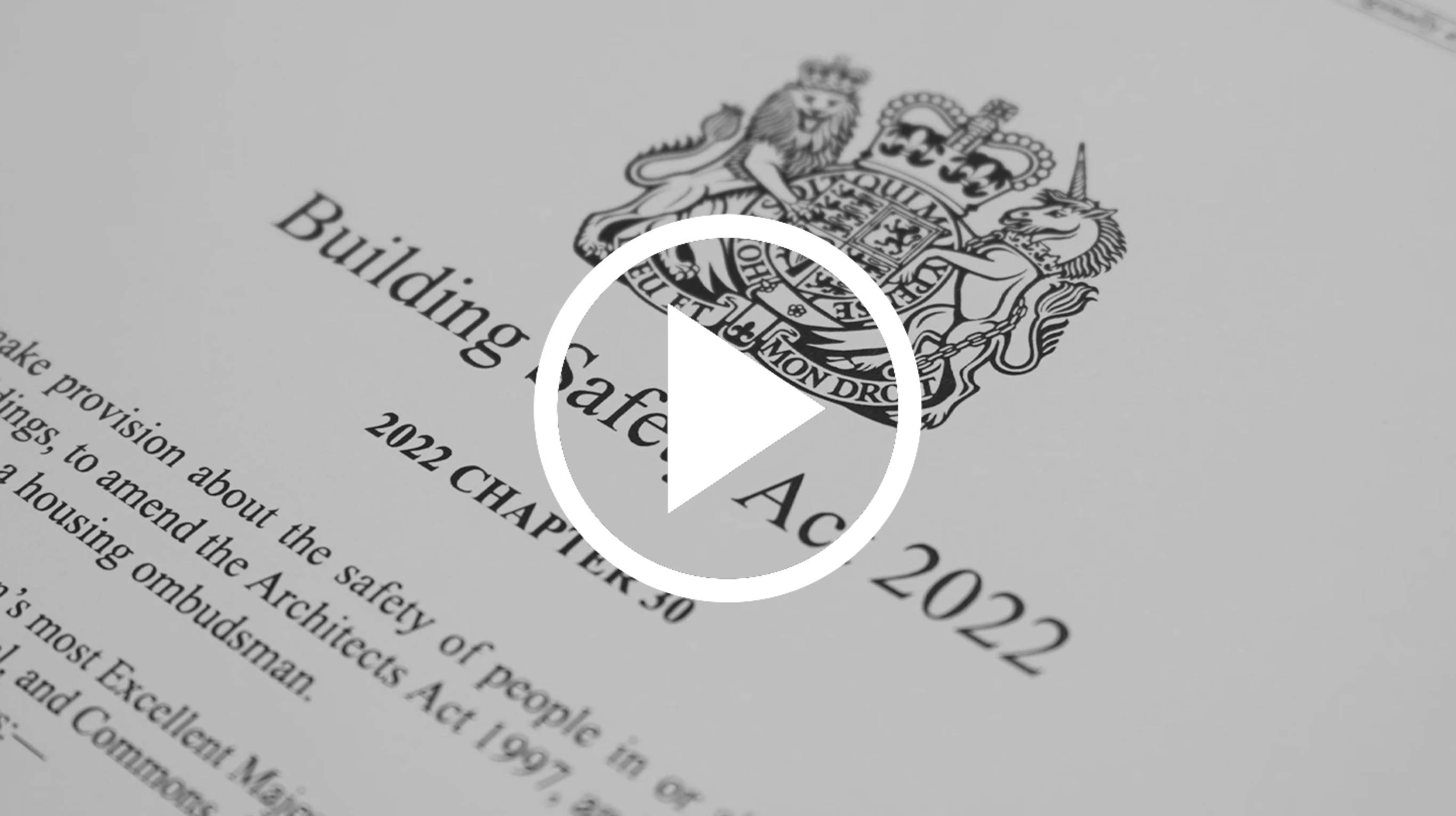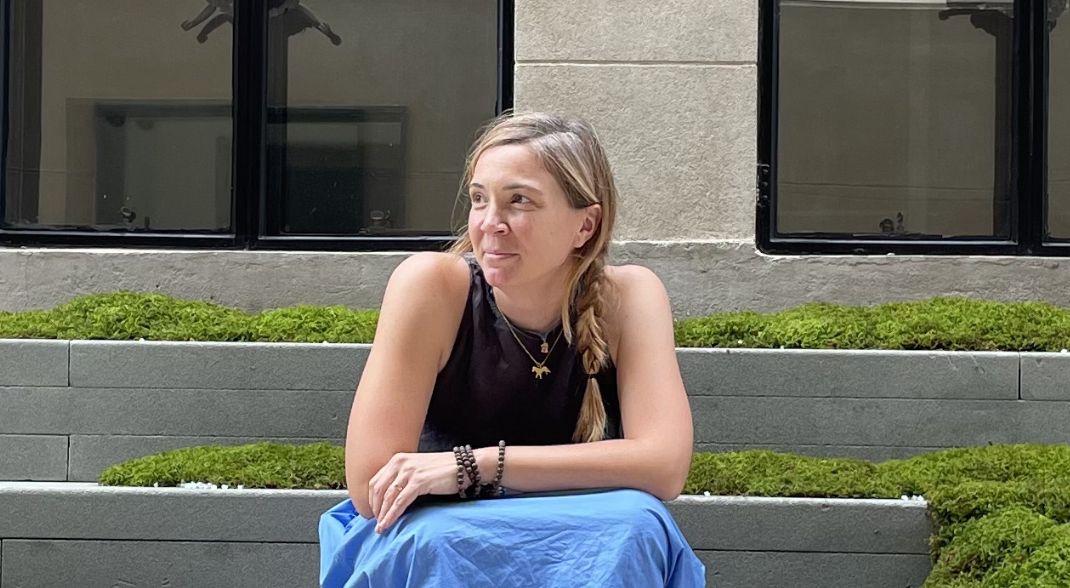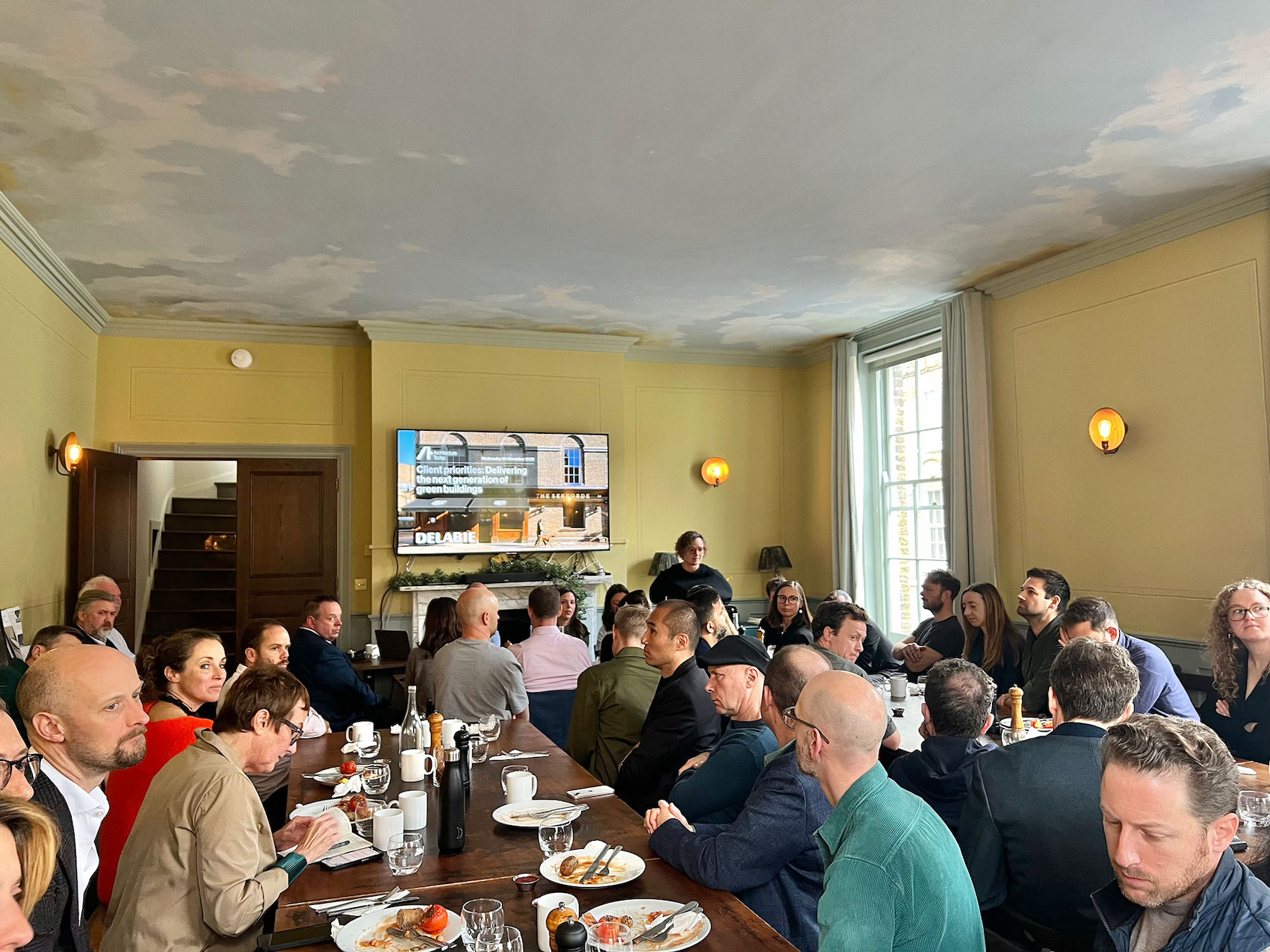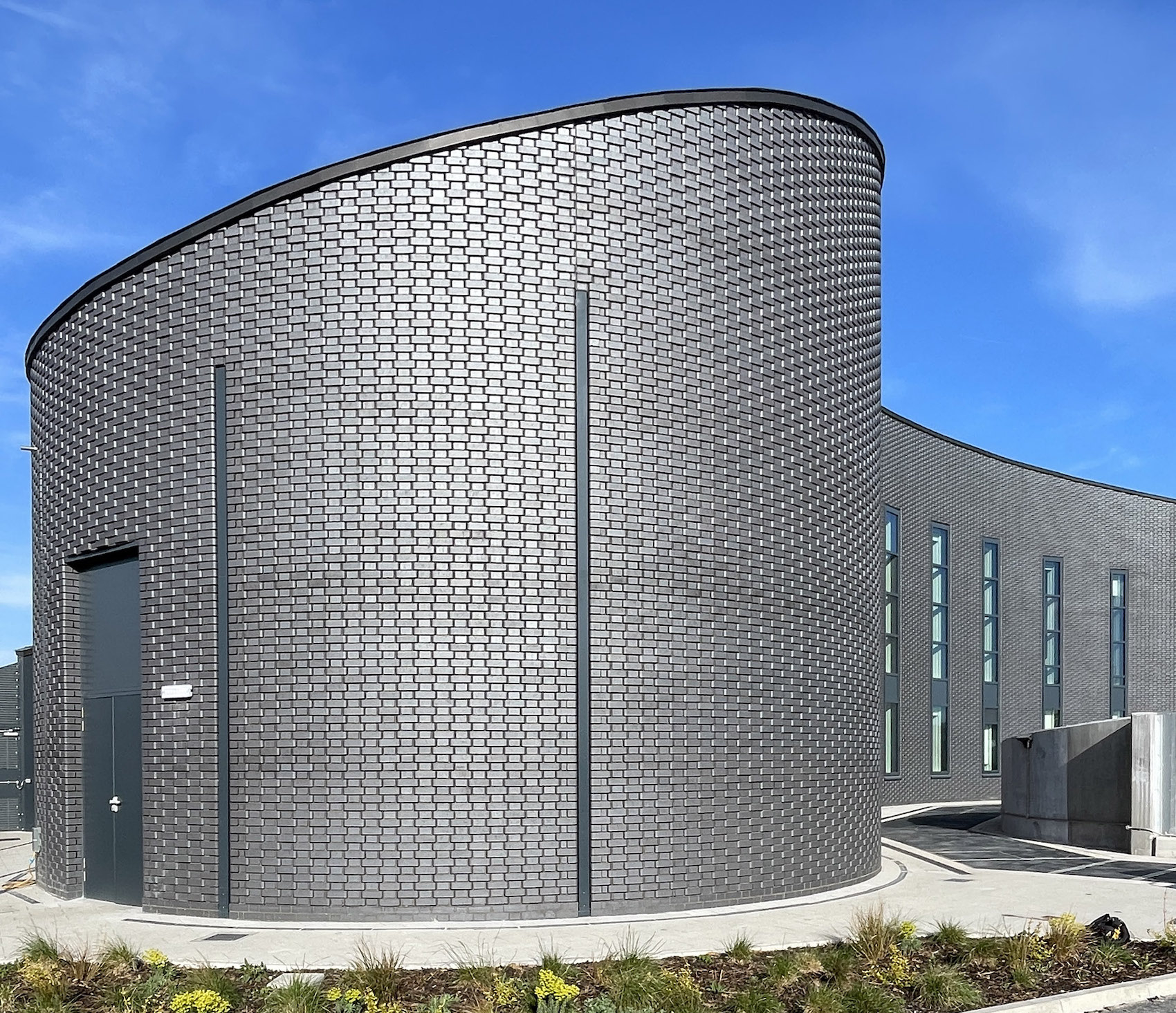Morris+Company, PLP Architecture, McGregor Coxall, Buckley Gray Yeoman and Bennetts Associates discussed what it means to practice for a Net-Zero future.
In association with![]()
Left to right: David Storring, director, Morris+Company; Midori Ainoura, partner, PLP Architecture; Michael Cowdy, global urbanism leader, McGregor Coxall; Rachael Owens, head of sustainability, Buckley Gray Yeoman; Jonathan Spratt, associate, Bennetts Associates.
The UK is aiming for ‘Net-Zero’ emissions by 2050. Meanwhile, the most recent carbon budget puts into law the target to reduce emissions by 78% by 2035 compared to 1990 levels. How can the built environment, a leading contributor to emissions, play its part? How can the design of buildings and cities reduce carbon through construction and thermal performance? And how can we encourage the sustainable lifestyles vital to ensuring we meet our Net-Zero goals?
These questions, and more, were raised at a panel discussion hosted at the Schüco showroom in London, with Midori Ainoura, partner, PLP Architecture; Michael Cowdy, global urbanism leader, McGregor Coxall; Rachael Owens, head of sustainability, Buckley Gray Yeoman; Jonathan Spratt, associate, Bennetts Associates; and David Storring, director, Morris+Company on hand to discuss and deliberate.
Storring, who was Chair for the evening, opened on a sombre note, remarking at how, in his research for the event, he saw how many projects failed to deliver on their lofty Net-Zero goals.
“Net-Zero ambitions fall away very quickly, often put down to cost on a project: viability, being deemed unfeasible. We have to ask ourselves: have we failed as designers? Or is there a fundamental system failure here?” he said, going on to ask, “how can we deal with net-zero carbon in relation to the cost of achieving that?”
Ainoura stepped in, taking a wider look at targeting net-zero at the master planning level. Comparing approaches in Japan, Italy, UK and the Netherlands using the Tokyo Cross Park Vision, Parco Romana in Milan, Bankside Yards in London and The Edge building in Amsterdam as talking points.
In the former three, Ainoura discussed how PLP take a “life-centric” design approach to urban design and how designing urban environments based on concepts such as greening the city and improving access on foot can move urban environments to net-zero.
At a building scale, Ainoura used the Edge project to highlight importance of marrying passive design with technology. After realising through research how occupied desks are throughout the day, hotdesking technology freed up space and enabled a more effective strategy for climate control.
Also considering things from a city-level perspective was Michael Cowdy who highlighted that “70 per cent of cities are dealing with climate change at the front-end right now.” With this statistic in his armoury, Cowdy elaborated on what data is required to achieve climate resilience and when “digital twins” are appropriate and how best to use them. With this in mind, he stressed how upgrading our planning standards and our infrastructure are pivotal to allowing cities to be sustainable, and just as importantly, equitable places to inhabit – and enjoy inhabiting. “Open space planning today still sometimes dates back as far back as the 1920s, and if not, it’s barely changed,” he lamented.
Rachael Owens, meanwhile, championed the re-use and retention of existing buildings, citing how embodied carbon emissions are unregulated in the UK. Owens also called for improved literacy on embodied carbon, arguing that coherent understanding of it must transcend the whole design team to early design stage impacts can be mitigated.
“If we want to be true to ourselves about net-zero we need to conduct good post-occupancy evaluation,” Owens added. “However, we need to get clients to be more comfortable in disclosing that data and being as transparent as possible.”
Jonathan Spratt, the fifth cast member, touched on similar themes. “The label of retrofit tends to be applied to any project that has any element of an existing building. A lot of the time we find these projects are gutted and taken back to the frame Actually, architects really need to question themselves – are we actually saving any carbon if we are stripping back to the frame?” he asked. “Can we save a facade? there’s a huge amount of carbon in a curtain wall facade, for example.”
From the audience came a call which stood out: “The elephant in the room is that we don’t know what net-zero is!”
Echoing this and his fellow panellists, Spratt posited the notion at net-zero needs to be properly defined, being premised more on data that isn’t so easy to manipulate. Storring added: “The data is static, yet the industry is changing – we need to keep up, better still, get ahead.”





